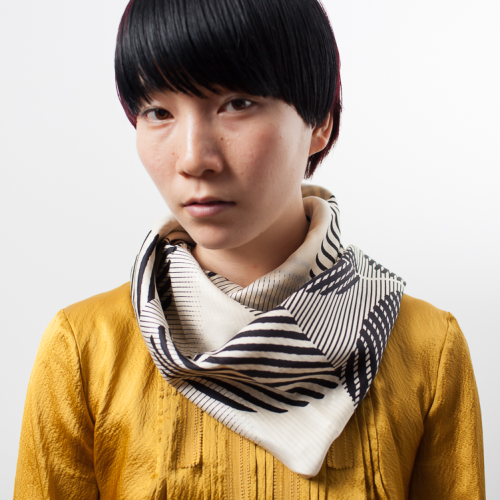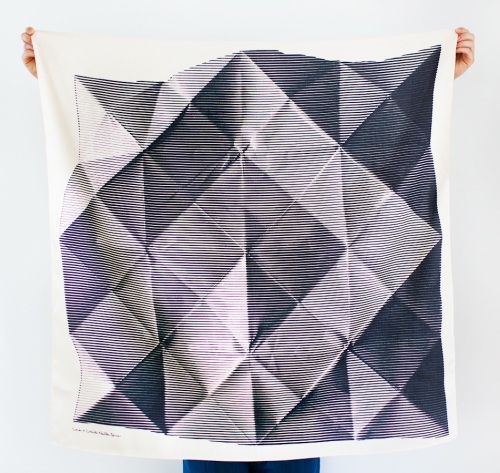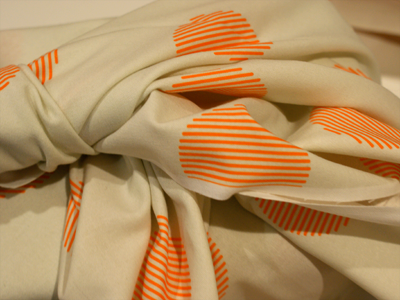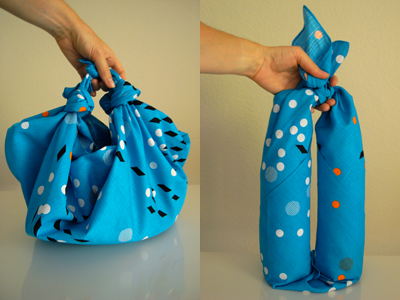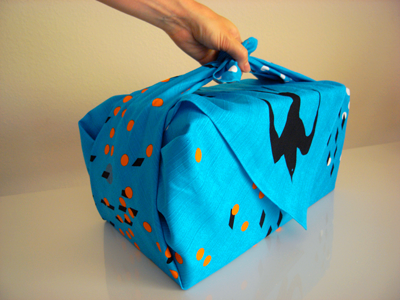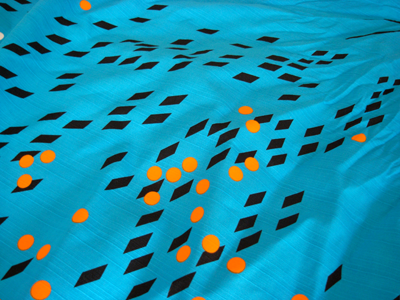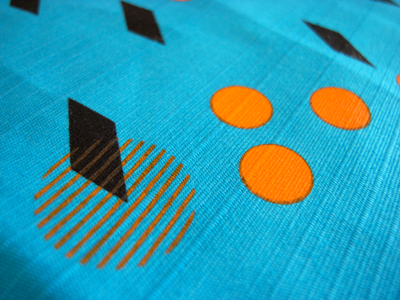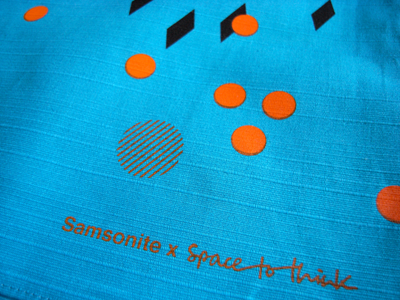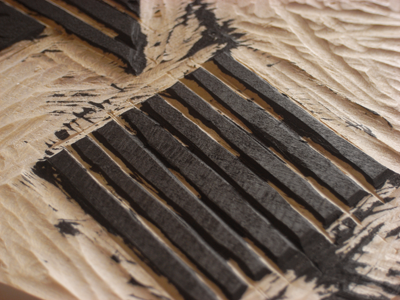

I’m immersed in thoughts of Japan …all this talk about furoshiki, dreaming of friends in Tokyo while I sleep, and wishing I was there right now for a week of Tokyo summer with my husband on his business trip … I miss it. Still.
It’s been almost two years since we left and seems like a lifetime ago. I must get back there some time, before it just becomes a figment of my imagination!
While we were living in Tokyo I fell in love with tenugui – a short length of printed cotton 33cm x 90cm. The name ‘tenugui’ indicates ‘that for wiping hands’, however it was originally used as a towel when taking a bath, or for covering the head like a scarf. Similar to the versatile furoshiki, tenugui can be used in multiple ways – used to wipe your brow on a humid day, as a kitchen towel, for wrapping, given as a gift, tied as a bandana, used as a handkerchief, or even ripped up into bandages (the edges are left unfinished). Tenugui are still used in everyday life in Japan – on the heads or around the necks of workmen, or in festivals, given as thank you gifts or handed out as promotional pieces for businesses. The uses are endless.
The printed patterns on tenugui immediately seduced me and were the main inspiration behind my initial interest in printed textiles. I’ve always loved the everyday object, the random or not so random array of overlooked details that surround us. When Japans Edo Period (1603-1868) saw the development of popular culture, fine designs based on features of everyday life were created in abundance. Graphic designs depict useful objects, kitchen tools, animals, even grains of rice! Some are simply geometric patterns.
Recently new, more cost effective digital techniques are being used for printing tenugui, but the traditional form of printing tenugui still remains, requiring skilled workmanship. The traditional technique results in a design that beautifully carries through the fabric, so the design appears on both sides.
I collected many tenugui while I was living in Japan. I couldn’t resist them! And of course now is the season for tenugui; during the hot and humid days and summer festivals, you can find different designs in abundance!
Here I’d like to share a few Tenugui that I particularly like from my collection. Some I use regularly, some are kept unused.



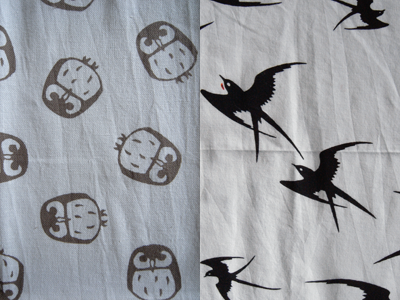




Soon, to follow on, I’ll post some material from my experience on a course in Tokyo
printing some tenugui in the traditional way.
